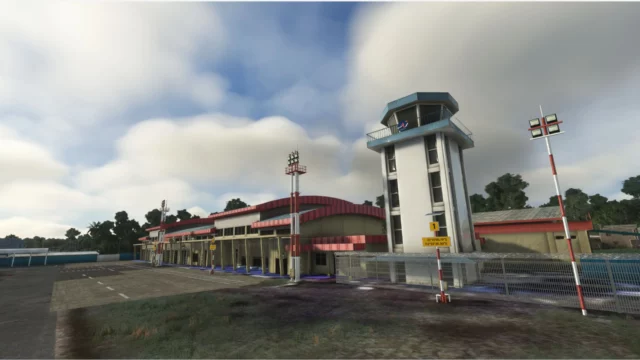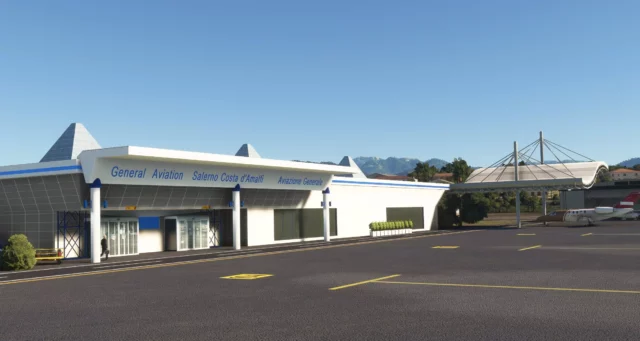 Montréal–Pierre Elliott Trudeau International Airport or Montréal–Trudeau, ICAO: CYUL, is a Canadian airport located on the Island of Montreal approximately 20 kms from Montreal’s downtown core. The airport was formerly known as Montréal–Dorval International Airport until it was renamed in January of 2004, in honour of the former Canadian prime minister.
Montréal–Pierre Elliott Trudeau International Airport or Montréal–Trudeau, ICAO: CYUL, is a Canadian airport located on the Island of Montreal approximately 20 kms from Montreal’s downtown core. The airport was formerly known as Montréal–Dorval International Airport until it was renamed in January of 2004, in honour of the former Canadian prime minister.
CYUL is the busiest airport in the province of Quebec, the third busiest in Canada by passenger traffic and fourth busiest by aircraft movements. In 2011 almost 14 million passengers passed through its gates. The airport has three runways; 06L/24R @ 11,000ft, 06R/24L @ 9,600ft and 10/28 @ 7,000ft.
For this review I did install the recently released V1.1 scenery update.
Below is a comparison of what FSX offers by default and what you will see after installing this addon. The differences are dramatic to say the least.
Installation and Configuration
The installation of the scenery is a very simple procedure. You will need to add your name and the serial number provided to you at the time of purchase, the installer will then proceed. After this a “choose components” screen will allow you to select or deselect a number of scenery options. If at any time you want to make changes after the scenery has been installed you will need to rerun the installer. I’ve included screenshots of the page. Options are self-explanatory, however they are also explained in the manual.
This scenery includes AESLite for animated road traffic and as such has a traffic configuration tool. The traffic configuration tool allows you to enable or disable traffic in various parts of the scenery. The inclusion of this tool was not mentioned in the documentation.
Documentation
They include a single 14 page PDF document that pertains to both the FS2004 and FSX/P3D versions of the product. The manual has lots of relevant information and is worth taking the time to read. They begin with some nice to know info about the airport, moving next to scenery features, installation options, scenery related settings, Q and A and finally web links that you may find useful. The layout is logical, the contents are well written and informative and they include lots of screenshots. They do not include airport charts with the exception of a single airport diagram. They do however provide, on that same page, the URL for a site where charts can be downloaded.
Ground Textures
The scenery’s base is comprised of high resolution photo textures. The quality is such that it allows us to see a great deal of detailing even at very low altitudes. In addition to the high resolution ground textures they have also modelled several roadway over/underpasses near the end of runway 24L. To see them you will need to ensure that your mesh resolution settings comply with those recommended in the product manual.
An area where the quality of the ground textures really does stand out is with the hard surfaces and this pertains to all areas covered by these types of textures. The different types of details that are visible and the colour variations that highlight differences in surface materials are testament to their quality.
Buildings
The outstanding quality of the visuals is a major reason why FlyTampa airports are so popular and their new releases so anticipated. This excellence can easily be seen in the airport structures. Through a combination of high resolution imagery, added details, colouring techniques and accurate placement we get some very realistic looking buildings. Each of those rendering techniques can be seen in every structure no matter how large or insignificant they may appear to be. Weathering and age are two important factors that can definitely have an effect on the look of a building and with the techniques they use it is easy to see how these factors have taken their toll on the various structures.
Another interesting visual feature that I felt clearly enhanced the look was how with some of the buildings you can see subtle differences in the colouring and shading of various parts.
The airport’s lager buildings are basically clustered in two main areas. South of runway 10/28 is the main terminal complex and then next to it are a series of small cargo hangars.
The main terminal complex is a large Y shaped building that includes the passenger terminal building, control tower, a multi-level parking garage and an on-site Marriott Hotel. Each of these has their own features that show off the various rendering and creation techniques mentioned above. Put them all together and they make a complex and interesting group of buildings. Some of the visual highlights include the detailed jet ways, roof top HVAC units, roadway guard rails and exposed staircases. Many more exist, it is simply a matter of exploring and discovering them.
Across from the terminal’s International and Transborder areas there are a series of cargo buildings that illustrate the age range, from the modern to the old. The older buildings especially help illustrate the techniques they use to show the effects of aging.
The other major cluster of buildings is found mostly along the north side of runway 06R/24L with a few on the south side near the end of 24L. This is where we find the AirCanada and Bombardier facilities.
Air Canada has several buildings including their headquarters and a large maintenance hangar. The hangar stands out both for its size and for one other very interesting feature, its roof. The roof has a series of exposed and complicated looking support trusses. They have been recreated in detail so we get to appreciate this interesting architectural feature.
Bombardier, the third largest airplane manufacturer in the world, also has several large buildings at CYUL. In the following screenshots you can see the main engineering building and the assembly plant for the regional jets and Challenger business jets. Each one recreated to look very realistic.
In addition to Bombardier and Air Canada which both have large clusters of buildings, several other smaller airlines such as Air Transat and Air Inuit also have hangars.
On the opposite side of runway 06R/24L and across from the Air Canada and Bombardier buildings is a row of small general aviation hangars. Although they are similar in design they each have their own unique characteristics.
Other structures of note are the airport’s fire station and a search shelter.
Objects and vehicles
There are so many different very good quality objects and vehicles placed throughout the scenery that simply flying in and out of CYUL does not allow one to fully appreciate. The work they’ve done in this area makes it worth taking the time to explore up close.
If you can think of an activity that takes place at an airport you will find that they’ve included the objects or vehicles needed for that activity. The placement of these various objects and vehicles appears deliberate and not just there to fill up empty space. Again, what we see throughout the scenery augments and supports airport functionality. This attention to detail plays a vital role in pulling all of the various elements of the scenery together.
In most cases the objects and vehicles blend in with their surroundings however if they weren’t included we definitely would notice that something wasn’t quite right.
I am referring to such things as the different types of fencing such as chain link and blast fencing. Also between the runways are different types of MET and navaid equipment. This is only a very short list of what is found here at CYUL.
The ground light fixtures that line the runways and taxiways are something that you probably wouldn’t pay much attention to except at night when they are lit up. In this scenery you can see that there are differences beyond just the colour of the lights. The shapes of the globes and the lighting fixture bases are distinctly different. Sticking with the lighting theme; the approach lights are also very detailed, to the degree that the cabling between the fixtures can be seen.
When it comes to vehicles I am seeing more variety in vehicle types; both static and animated ones. There also seems to be a greater emphasis on having them sport airport and airline specific markings as well. Doing this is a great way to boost the immersion and realism factors without introducing another hit on performance.
Animations
As mentioned earlier in the review in the “Installation and Configuration” section the scenery comes equipped with AESLite. This adds lots of interesting vehicle traffic that can be seen moving around the entire airport scenery.
Besides the vehicle traffic which is quite obvious, they have also included some other animations that are more subtle and only really noticeable if you take a closer look at the airport. These other animations include flags moving in the wind and rotating radar antenna.
By default there are no moving jet ways at Montreal. They are provided as part of the third party application known as AES. Version 2.26 which was recently released fully supports CYUL. The terminal’s gates do include working visual parking assist systems to help guide you into your parking location.
Surrounding Area
Quite a large area of land that surrounds the airport is covered by photo textures. This is definitely a plus adding a great deal to the overall visual appeal of the airport and allowing us to appreciate the different types of cityscapes that surround CYUL. We can see that there are residential neighbourhoods plus several golf courses, some light industrial areas and a large rail yard. All of these details are made possible because of those photo textures.
The realism factor is multiplied many times during landings and takeoffs because of this enhanced area. Coming in on finals is especially captivating as you take in the local cityscape. This was true for both day and night time operations.
Sightseeing flights around the airport at low altitudes also benefited from these textures. As far as structures go there is a mix of both custom and standard autogen/objects used throughout the area. What we see complements the city landmarks that are included natively with FSX.
In the vicinity of the terminal and the cargo hangars are a group of small commercial buildings that have also been recreated in great detail. When approaching from the west or departing in a westerly direction these buildings make it all seem much more realistic.
Right next to the airport near the end of runway 06R is a cluster of airport hotels which are custom built and also offer some interesting visuals.
Winter
Montreal sees its fair share of snow over the course of the winter months and that important environmental element has been very nicely integrated into this scenery. The white snow cover and bare tree textures look very good, no mistaking the effects of the cold climate. I really like how they have the snow covering the hard surfaces in those areas that are less travelled such as along the taxiway and runway edges. One area where most developers fall short in my opinion, and unfortunately this scenery does as well, is with roof tops that show no signs of the winter snows.
Night
No surprises here considering the quality of the product so far. Flying in and out of Montreal during the hours of darkness was a whole new visual experience with all of the different types of airport lighting looking quite realistic. Large airports such as this one can be very colourful places. Beginning with the different colours of the ground and approach lighting. Add to that apron lighting plus clearance and warning lights, interior and exterior building lighting and lastly the lights of any vehicles moving around the scenery. All of these combined when done well can provide great visuals and some fun flying and that`s what we have here.
Performance
With this being a graphically intense airport addon product performance may become an issue for some. I flew numerous times using the PMDG 737NGX, the FeelThere ERJ-145 and Aerosoft’s Airbus Extended. With the PMDG 737 NGX I did experience, on several occasions, the warning chimes from FSUIPC indicating that I was running close to the limit of available memory. To remedy the potential problem I reduced my AI traffic which was set to 100% to 60% which still injected a reasonable amount of traffic and allowed me to fly in and out of CYUL without incident. I was able to raise the AI traffic level back to 100% when flying the ERJ-145 and Airbus. Like any complex addon you will need to find out for yourself, if you run into problems, what your system can handle and where you would be willing to make sacrifices. It is the sum of all parts that ultimately impacts your system’s performance, the scenery is simply one of those parts.
Final Thoughts
Simply put; one can never really go wrong with a FlyTampa airport. With this latest release they continue to show why their products are so highly anticipated by the flight sim community. I thoroughly enjoyed every aspect of this scenery and give it my highest recommendation.
My Ratings
Installer: Excellent. Very simple to use.
Documentation: Very good. Informative.
Modelling: Excellent throughout the entire scenery.
Extras: Lots of configuration options available.
Download Size: FSX/P3D 871Mb, FS2004 114Mb
Price: EUR 22.00 without VAT
Developer Homepage: http://www.flytampa.com
Link: http://secure.simmarket.com/flytampa-flymontreal.phtml
Test System:
Intel i7 960 OC @ 4.2 Ghz, 12 Gb RAM, EVGA GTX560 Ti w/1.2 Gb video, Win 7 Ultimate 64, FSX w/acceleration, UT2, REX Overdrive, GEXn, UTX, AES, GSX.
Richard Desjardins




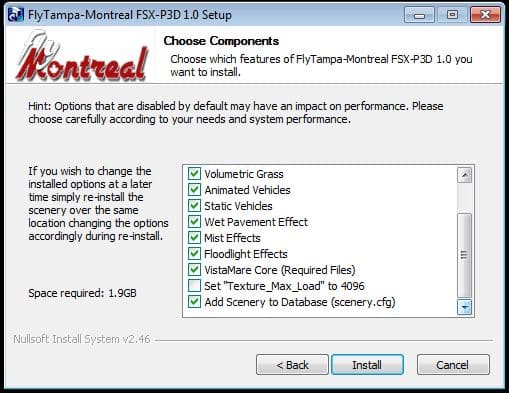
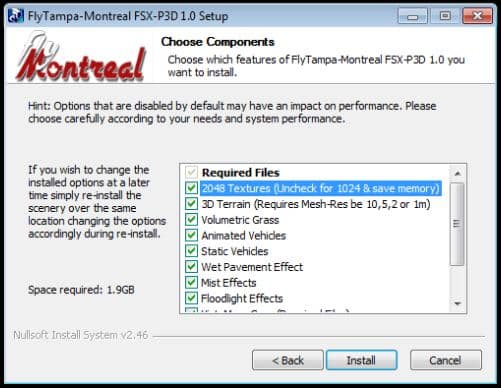




















































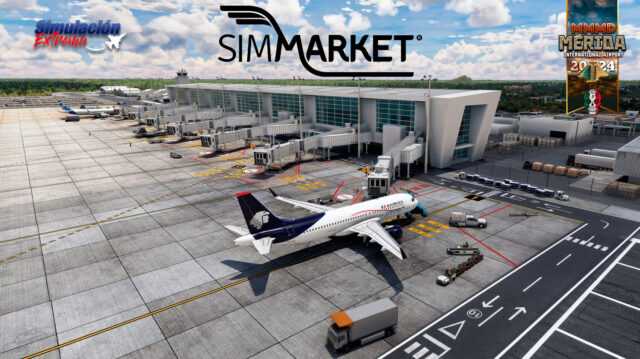
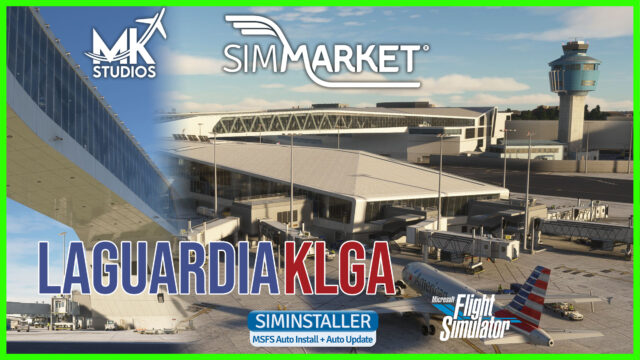
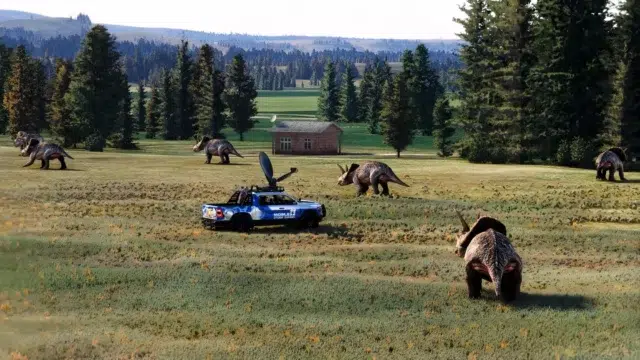
![[Video🎬] New Trailer 4K for Turkish Airports MSFS by SceneryTR Design – Istanbul – Ankara Trabzon by SIMMARKET](https://www.simflight.com/wp-content/uploads/2024/04/SceneryTR_thumb.jpg)
